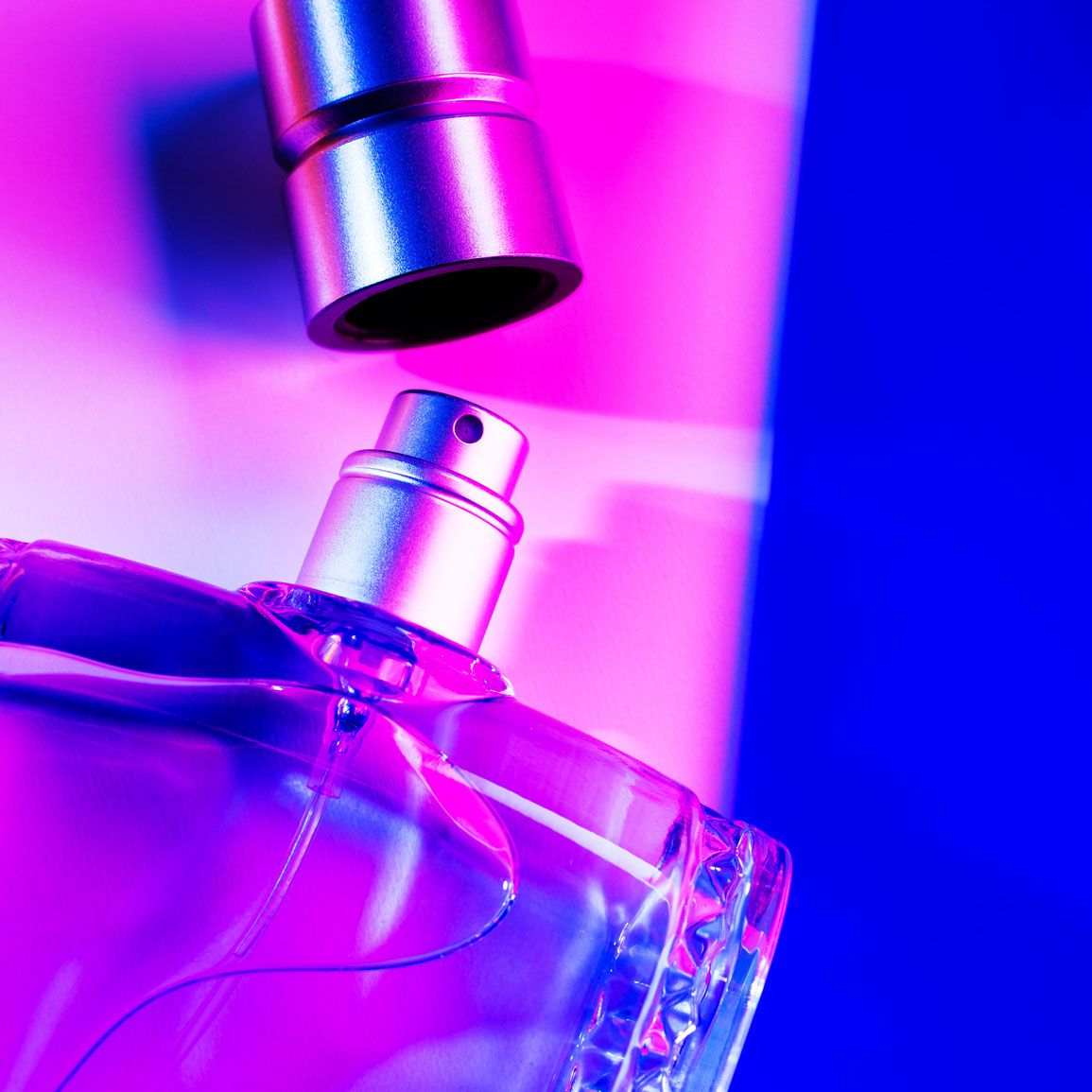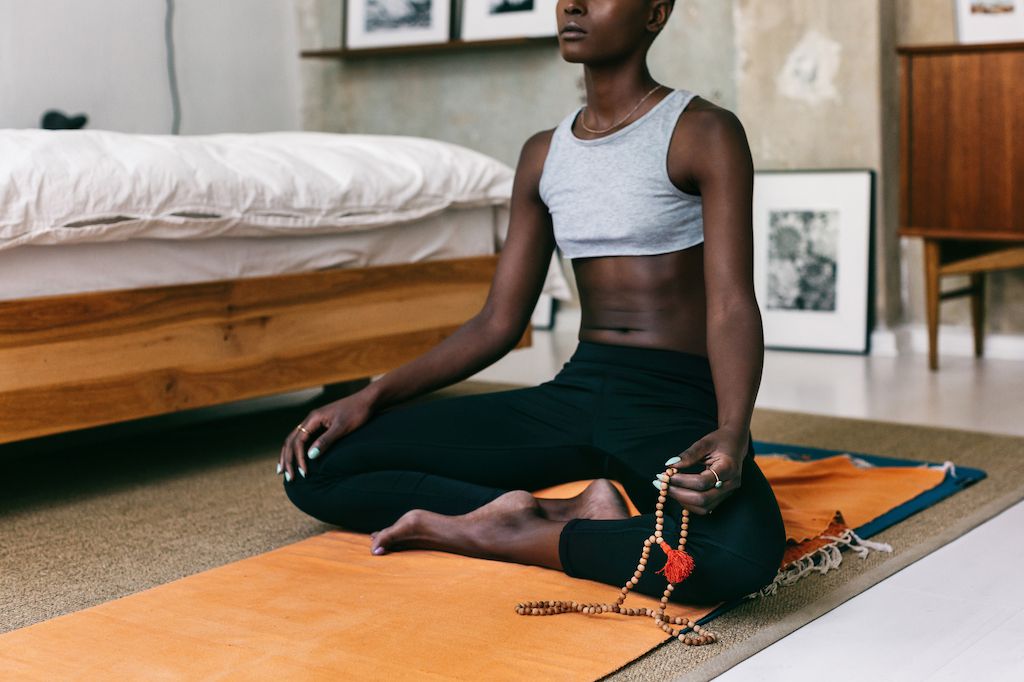Comedonal Acne Is the Most Mild Form of Acne—Here’s How to Treat It
If you have comedonal acne, there’s no need to stress (because spoiler: stress can actually just make matters worse). According to board-certified dermatologist Adarsh Vijay Mudgil, MD, comedonal acne is the mildest form of acne, with cystic acne being at the other end of the spectrum. In other words, as long as you approach your breakouts the right way, you should be able to clear them up—but that might be a little easier said than done. Acne isn’t one-size-fits-all, and not all treatments work for all types of acne. Still following? To help break down this specific type of breakout, we turned to the experts. Mudgil, as well as board-certified dermatologists Rayna Dyck, MD, and Jessie Cheung, MD, lend their expert advice for identifying this type of acne so that you can correctly treat it and prevent it.
Ahead, everything you need to know about comedonal acne treatment, according to the skin experts.
What Is Comedonal Acne?
According to Dyck, comedones occur when cells lining the ducts of the sebaceous gland (or oil gland) overgrow and lead to increased oil production and debris, which blocks the opening to the surface of the skin.
So what does this type of breakout look like? Simply put, Mudgil says comedonal acne falls into two categories: open comedones (blackheads) and closed comedones (whiteheads). As Cheung explains it, blackheads get their name because the sebum in the open follicle turns black when exposed to air. When the follicle is completely closed on the other hand, you’re left with a whitehead. Dyck adds that with inflammatory acne, you tend to see more red, inflamed bumps, pustules, nodules, and cysts, but comedonal acne is typically non-inflamed.
Dyck says comedonal acne can pop up in areas of the skin with the greatest number of sebaceous follicles, which is most commonly the face, but also the chest and the back. As far as where it occurs specifically on the face, Cheung notes that comedones are commonly found in the T-zone (like your forehead and chin), which is rich in oil glands. This type is often seen during early puberty with hormone fluctuations, but Cheung notes that it can affect anyone.
Causes and Prevention of Comedonal Acne
Mudgil says that generally, comedones are caused by the pores being clogged with dead skin cells and sebum, but Dyck points out that our daily habits can be risk factors for developing comedonal acne as well.
- Hormones: As Cheung explains it, “Comedones form as hormones trigger sebum production, and the dead skin lining the follicle fails to shed.” Mudgil adds this type of acne is pretty common among teenagers because of the hormonal-mediated excess sebum production, particularly during puberty.
- Oily products: Other causes, Dyck adds, are more external, such as oily, pore-blocking products, like makeup, moisturizers, and sunscreens. “Comedonal acne can be prevented by keeping the face clean (but not cleansing too abrasively) and sticking with products that are oil-free and non-comedogenic,” Dyck notes.
- Haircare products: Yes, Dyck says even your hair products could be the source of your whiteheads and blackheads. “Keep the hairline free of heavy oils, gels, and pomades, as this could lead to comedonal breakouts in these areas,” Dyck suggests. It’s also a good idea to wash your pillowcases frequently and avoid touching your face.
- Hygiene: Mudgil adds that poor hygiene can also allow dead skin cells to clog pores, which is why it’s important to wash your face twice daily. To help prevent body comedones, Dyck recommends removing sweaty clothing and cleansing the skin as soon as possible.
- Trauma: Cheung explains that comedonal acne can be the result of using harsh abrasives that traumatize the skin and rupture the follicle. Dyck adds that trauma can also be caused by vigorous washing, chemical peels, and popping pimples.
- Smoking: All three dermatologists highlight the fact that comedonal acne is more common in those who smoke. Cheung explains that smokers and sun-worshippers are more prone to comedones due to the damage to their dermal elastic tissue.
- Diet: The experts agree that those with a high-glycemic diet are also more prone to comedonal acne. As Cheung explains it, diets high in processed, sugary foods will cause acne flaring because of hormone surges. The fix? Replace foods, such as white bread, potatoes, and white rice with low-glycemic options, like veggies, quinoa, and brown rice.
- Stress: Cheung points out that stress can also cause hormone surges. Although managing your body’s stress may be difficult at times, Cheung recommends exercise to increase endorphins and help with deep sleep.
Treatment
Good news: there are many good options (both OTC and prescription) to treat comedonal acne. Dyck explains that most are considered comedolytics or keratolytics, since they not only soften and help clear existing comedones but also prevent changes in the pilosebaceous unit that can lead to new ones forming.
Incorporate retinoids into your routine
According to Cheung, topical retinoids will speed up cell turnover and help prevent comedone formation while treating existing comedones. In other words, retinoids aren’t only good for spot treating—they should be applied to all acne-prone areas.
Dyck agrees that the most effective therapies for comedonal acne are retinoids and retinols. “These are vitamin A-derived products that can reduce inflammation, reduce keratin proliferation in the follicle, and reduce scarring,” she explains. “Retinoids contain a higher concentration of retinoic acid, which is the active form of the molecule.” Differin (or Adapalene) is the only retinoid available over the counter, but retinol, which has a lower potency, is widely available. “All of these options can cause some irritation and dryness, so milder forms are typically used, initially,” Dyck says. “Keeping the skin hydrated with a non-comedogenic moisturizer is also very important for increased tolerability.”
Apply a benzoyl peroxide spot treatment.
According to Cheung, this ingredient can help suppress acne-causing bacteria from causing more inflammation. Aside from bleaching your towels, benzoyl peroxide is known for potentially causing dry, irritated skin, so we recommend trying this non-drying lotion. Once you use this oil-free and fragrance-free formula on your blackheads and whiteheads, you’ll see why it’s one of Byrdie’s favorite benzoyl peroxide acne treatments.
Try tea tree oil.
Cheung recommends tea tree oil for the same reason as benzoyl peroxide: it kills bacteria. Not only that, but tea tree oil also calms inflammation.1 If you’re using a formula that’s 100% tea tree oil, like the Byrdie-favorite shown here, dilute it first with a carrier oil and apply it to the area as needed.
Cleanse with an AHA/BHA wash.
“Cleansers containing salicylic acid or glycolic acid can help exfoliate dead skin and loosen debris in clogged pores,” Mudgil says. Cheung adds that gentle chemical exfoliation is key to treating comedonal acne and recommends washes and topicals with AHAs and BHAs. We’re big fans of this face wash, which contains salicylic acid (BHA) and AHAs, like glycolic and lactic acids, meant to gently and chemically exfoliate without the need for any harsh scrubs.
Use a product with azelaic acid.
Dyck also recommends trying azelaic acid as a wash or a leave-on product to treat comedonal acne. With its ability to soothe, exfoliate, even skin, and fight acne, consider azelaic acid the ultimate multitasking ingredient.2 We recommend picking up a bottle of this leave-on formula, a cult-favorite that contains 10% azelaic acid.
Ask your doctor about oral medication.
For more resistant forms of comedonal acne, Dyck says oral medications might be necessary. “Antibiotics can be used to reduce bacteria and inflammation, but tend to be more effective in inflammatory acne,” Dyck explains. For those who are experiencing more hormonally triggered breakouts, Dyck says oral contraceptives and spironolactone can be helpful. And if you are someone who has severe acne, acne that is not responding to therapy, and/or acne leading to scarring, Dyck adds that Isotretinoin (aka Accutane), a vitamin A-derived oral medication, can give significant skin clearance.
Seek professional help.
According to Dyck, a good baseline skincare regimen is key, but other cosmetic procedures, such as chemical peels and microdermabrasion, can help. In addition to all the above treatments, Mudgil adds that manual extraction by an experienced provider can also help speed things along.
If you’ve tried over-the-counter medications for several weeks without improvement, Dyck stresses the importance of seeing a dermatologist to assess your situation. “If you are experiencing scarring or significant hyperpigmentation (which can become severe in dark skin tones), you should see a dermatologist sooner rather than later,” Dyck says. “Delaying proper diagnosis and treatment can have lasting effects.”








